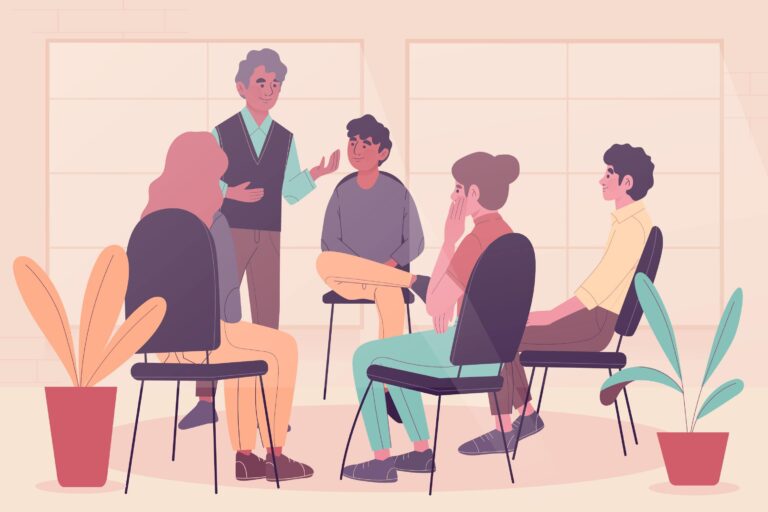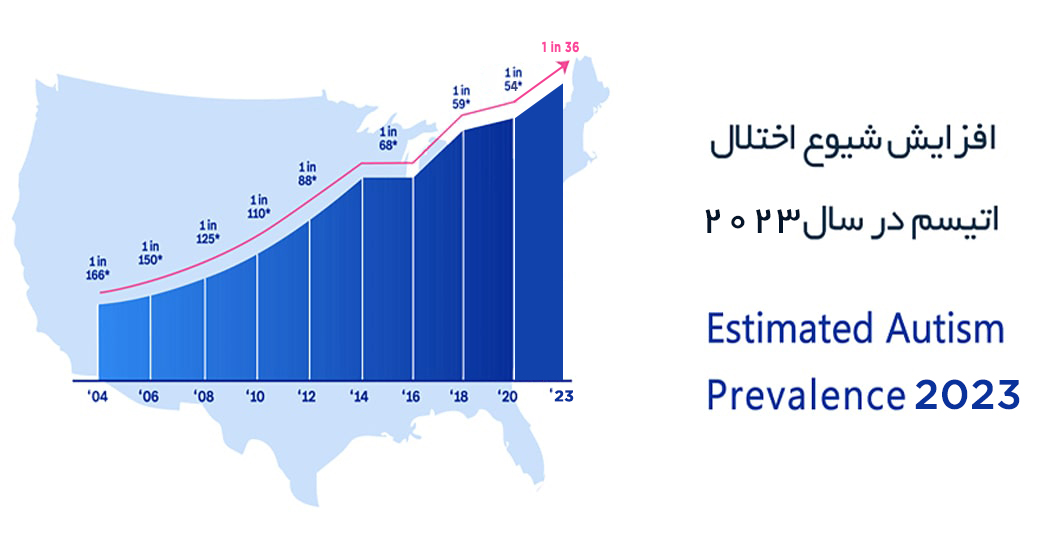فهرست محتوا
ToggleWhat is Autism?
Autism is a neurodevelopmental disorder that typically manifests within the initial three years of a child’s life. Key symptoms include communication deficits, social interaction challenges, and limited, repetitive patterns in behavior, interests, and activities.

The most recent global statistics for autism spectrum disorder indicate a prevalence of 1 in every 54 live births. It’s important to note that individuals with this disorder exhibit a broad spectrum of signs and symptoms, each presenting uniquely and with varying intensities.
While symptoms of autism spectrum disorder are generally observable in the first three years of life, they may be identified later if the child functions at a higher level, resembling non-autistic peers more closely. Severe developmental delays may lead to a diagnosis before 18 months.

Parents are often the first to recognize that their child differs from others. Initially, they may attribute the child’s lack of responsiveness to possible hearing issues. However, upon realizing that the child’s behavior differs from that of peers of the same age, parents should seek guidance from a pediatrician or a clinical specialist experienced in childhood disorders.
Although the exact cause of autism spectrum disorder remains undiscovered, factors such as genetics, environmental influences, lifestyle, and others may contribute to its occurrence globally. Autism can affect families across all social and economic classes.
There is currently no definitive treatment for autism spectrum disorder, and existing programs focus on empowering autistic children and imparting the skills necessary for independence. It’s crucial to recognize that autistic children are simply unique individuals. Interestingly, this difference has, in some cases, translated into strengths, allowing individuals with autism spectrum disorder to achieve considerable success.
What are the signs of autism?
The autism diagnosis age and intensity of autism’s early signs vary widely. Some infants show hints in their first months. In others, behaviors become apparent as late as age 2 or 3. Some of these signs are:
- Limited or no eye contact
- Little or no babbling
- Delayed language development
- Repetitive behaviors (flapping, rocking, spinning, etc.)
- Little or no response to the name
- Lack of attachment to parents, especially mother
- Playing meaninglessly with toys
- Inability to play social games at a certain age
- Walking on tiptoes
- Being interested in things that rotate (such as washing machines, fans, ventilators, etc.)
These signs may indicate your child is at risk for an autism spectrum disorder. If your child exhibits any of these, ask your pediatrician or a doctor for an evaluation.
Level 1: Requires Support
Level 1 ASD is the mildest form of autism. Children with level 1 ASD have a hard time communicating appropriately with others. For example, they may not use the right word at the right time or be able to read social cues and body language.
A person with ASD level 1 usually can speak in complete sentences and communicate but has trouble conversing with others. They may try to make friends but not be very successful.
They may also have trouble moving from one activity to another or trying new things. Additionally, they may have problems with organization and planning, preventing them from being as independent as other people their age.
Level 2: Requires Substantial Support
People with ASD level 2 will have more obvious verbal and social communication problems than those diagnosed with level 1. Likewise, they will find it harder to change focus or move from one activity to the next.
Children with level 2 tend to have very narrow interests and engage in repetitive behaviors that can make it difficult for them to function in certain situations. For example, they may repeatedly pace back and forth or say the same thing over and over again.
A person diagnosed with ASD level 2 tends to speak in simple sentences and also struggles with nonverbal forms of communication.
Level 3: Requires Very Substantial Support
Level 3 is the most severe form of autism. Children in this category will have many of the same behaviors as those with levels 1 and 2 but to a more extreme degree.
Problems expressing themselves verbally and nonverbally can make it very hard to function, interact socially, and deal with a change in focus or location. Engaging in repetitive behaviors is another symptom of level 3 ASD.
A person with ASD level 3 will have a limited ability to speak clearly and rarely initiate social interaction. When they do, they will act awkwardly. Someone with Level 3 will also respond only to straightforward social approaches from other people.
.
